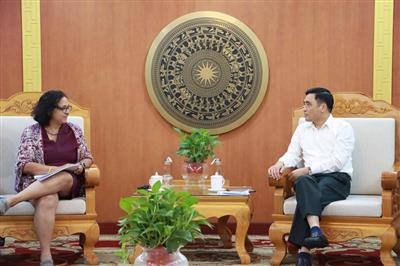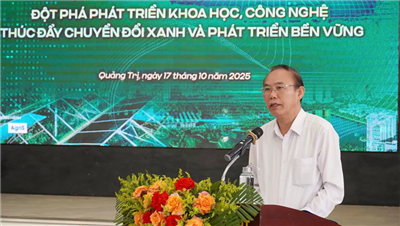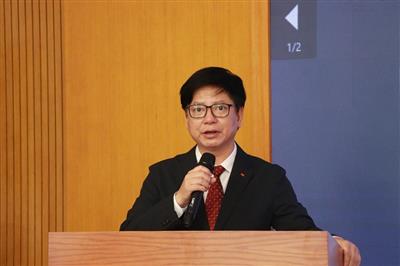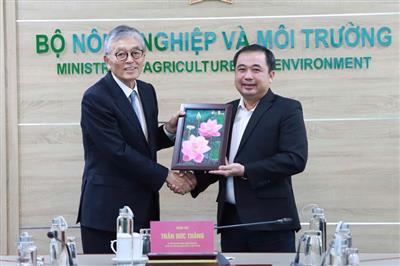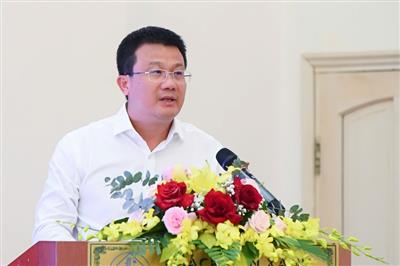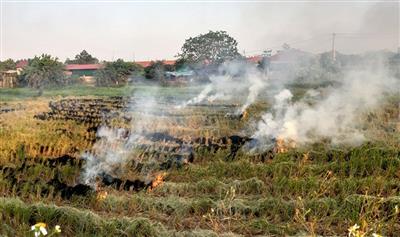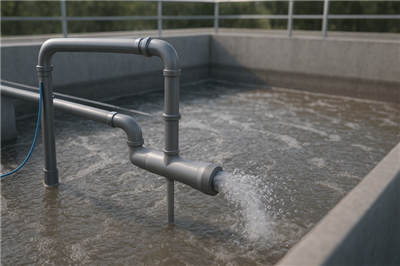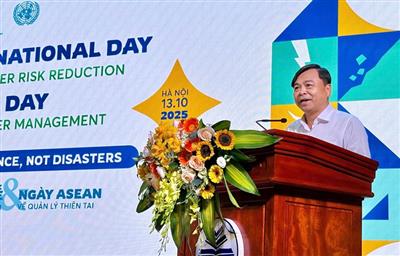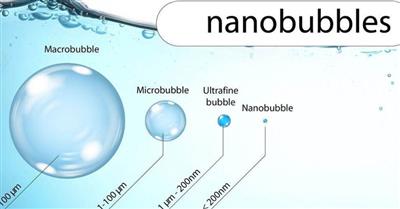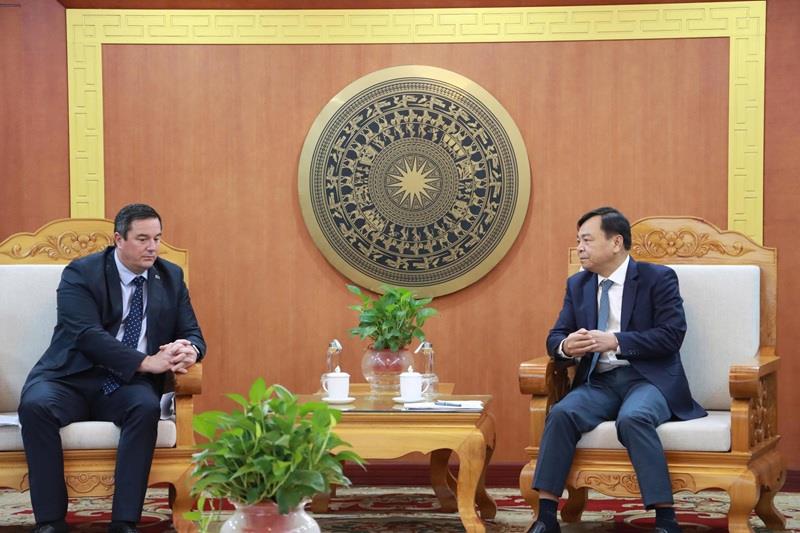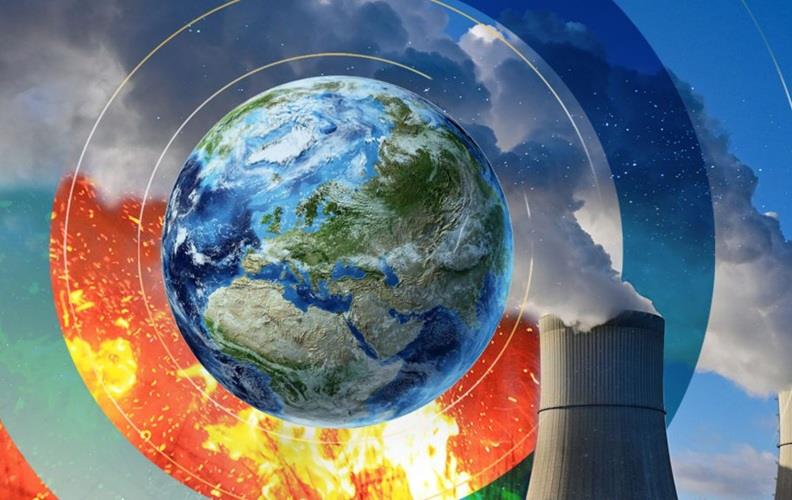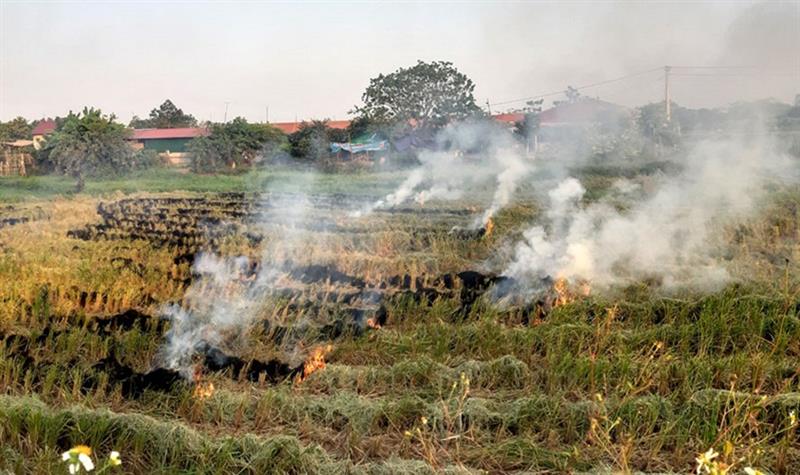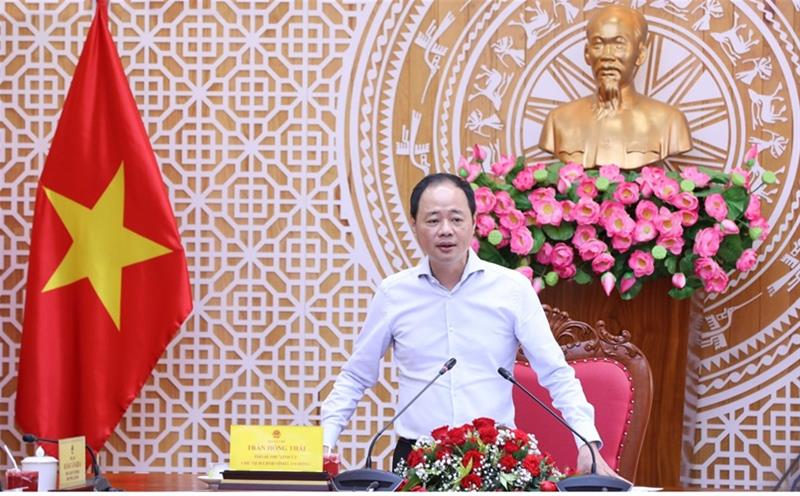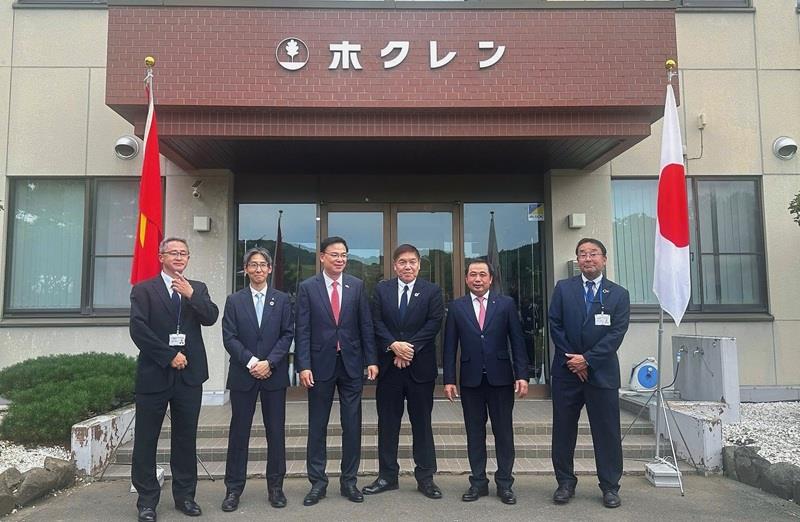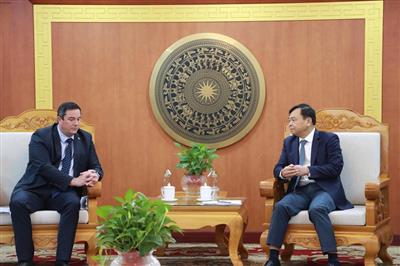
Innovative rainwater harvesting: Japan’s flood prevention lessons for Vietnam’s urban areas
11/02/2025TN&MTOn February 10 in Hanoi, a workshop titled "Plastic underground storage tanks: Innovative rainwater harvesting - Solution for urban flood control - Groundwater recharge and water reuse" was held with the participation of nearly 50 delegates from various fields. The event was co-organized by the Japan International Cooperation Agency (JICA), the National Center for Water Resources Planning and Investigation (NAWAPI under the Ministry of Natural Resources and Environment) and other partners. Experts shared Japan’s experience in applying underground water storage technologies to mitigate flooding, replenish groundwater, and promote urban water reuse. Discussions also explored strategies to accelerate the widespread adoption of these technologies in Vietnam.
Challenges in water resource management
In his opening remarks, Mr. Trieu Duc Huy, Deputy General Director of National Center for Water Resources Planning and Investigation (NAWAPI), emphasized that Vietnam is facing severe challenges due to climate change and rapid urbanization. The increasing frequency of heavy and localized rainfall has led to severe flooding in major cities, while water scarcity is becoming a pressing issue during the dry season. The outdated and fragmented urban drainage system exacerbates these problems, significantly impacting residents' lives and economic development. "Vietnam is not only struggling with urban flooding but also facing difficulties in ensuring water security for daily life, production, and economic growth," Mr. Huy stressed.
.jpg)
NAWAPI Deputy General Director Trieu Duc Huy delivering an opening speech
Dr. Bui Du Duong, Director of Science, Technology and International Cooperation Department at the National Center for Water Resources Planning and Investigation (NAWAPI), highlighted that while Vietnam is an attractive tourist destination, it is simultaneously grappling with severe water resource challenges. The country has a high population density, an extensive coastline, and is highly vulnerable to climate change. Notably, its tropical monsoon climate results in 89% of annual rainfall being concentrated in the rainy season, creating an uneven water distribution.
Dr. Duong pointed out that river basins across Vietnam share a common characteristic of experiencing intense and concentrated rainfall over short periods, leading to a high risk of flooding in the rainy season and severe droughts in the dry season. In addition to the issue of water quantity—too much in the rainy season and too little in the dry season—Vietnam also faces significant challenges in water quality. Many river basins are heavily polluted due to agricultural activities, with fertilizer usage increasing dramatically in recent years. Without solutions to slow surface runoff, problems like soil erosion and water pollution will worsen.
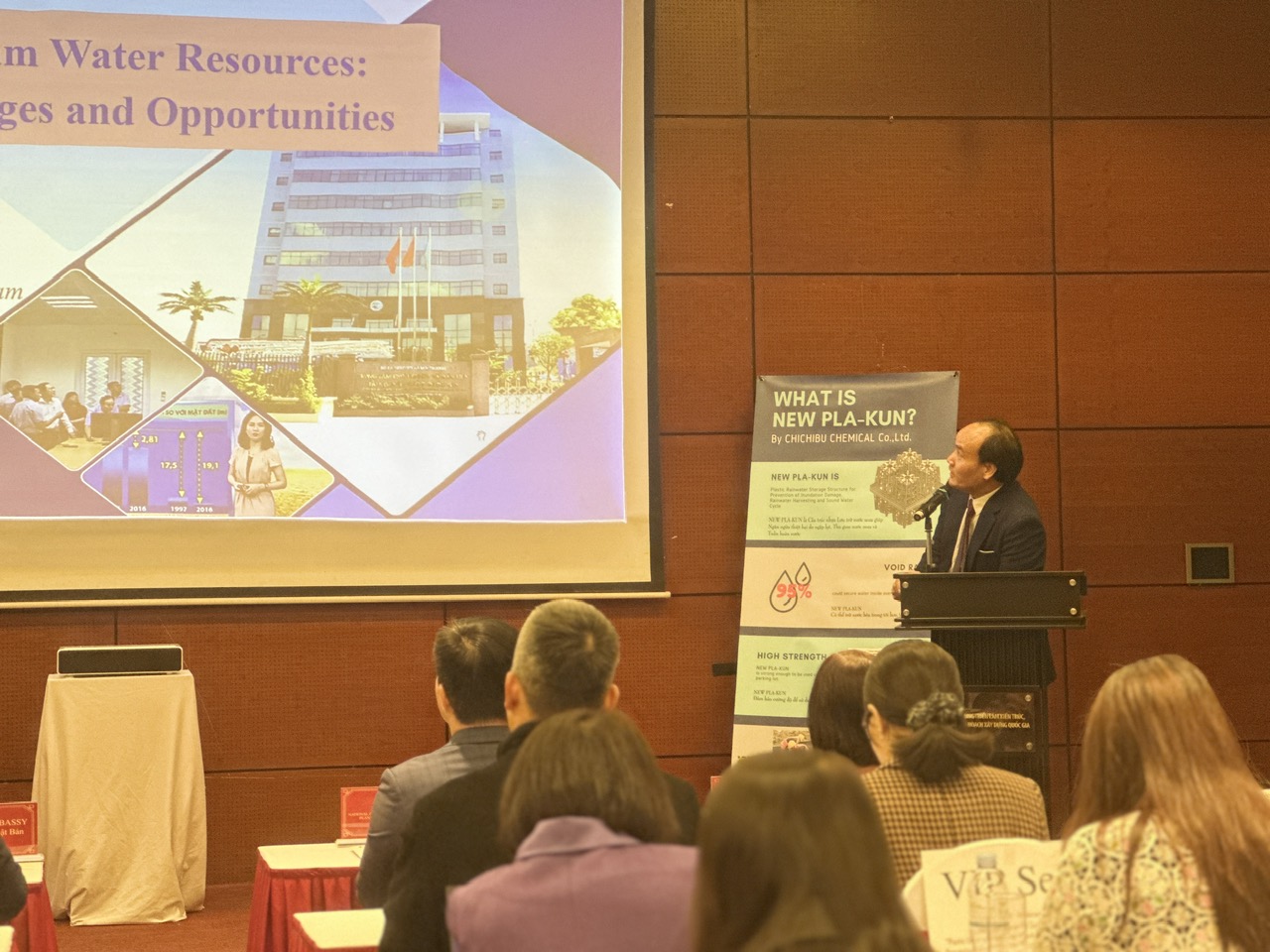
Dr. Bui Du Duong, Director of Science, Technology and International Cooperation Department at NAWAPI presenting on "Challenges and opportunities of water in Vietnam"
Findings from the NAWAPI indicate that groundwater levels in urban areas are declining due to excessive extraction. This has led to problems such as groundwater pollution, saltwater intrusion, and land subsidence. A World Bank (WB) report further highlighted that over-extraction beyond natural replenishment is not the only issue—Vietnam’s water use efficiency remains low compared to other countries. This situation calls for active engagement from government agencies and communities to improve sustainable water management.
Speaking at the workshop, Assoc. Prof. Dr. Vu Thi Vinh, former Secretary General of the Association of Cities of Vietnam (ACVN), noted that Vietnam currently has more than 913 urban areas, yet their drainage systems reveal serious shortcomings. She highlighted that most cities rely on combined drainage systems, where both rainwater and wastewater flow through the same pipes. This not only complicates wastewater treatment but also increases the risk of flooding during heavy rains.
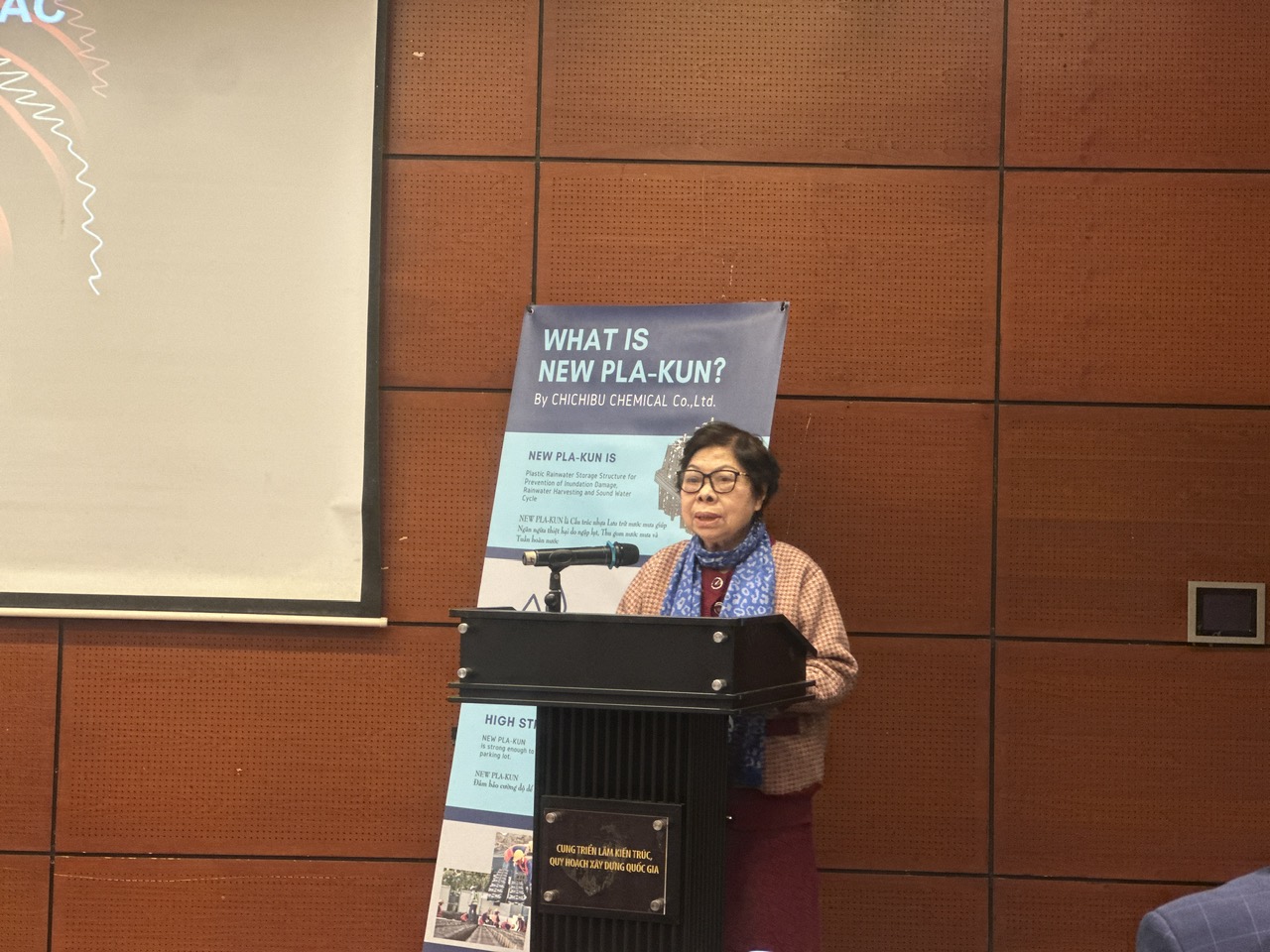
Assoc. Prof. Dr. Vu Thi Vinh discussing sustainable drainage solutions and their practical applications in Vietnamese cities
Many urban drainage systems were built decades ago with limited capacity, failing to meet the rising drainage demands exacerbated by climate change and increasingly intense rainfall. Major cities frequently suffer from severe flooding, while low-lying areas are particularly vulnerable to stormwater and tidal surges. According to Dr. Vinh, current drainage systems can only handle 50% to 60% of rainwater in large cities, with the rate dropping to just 30% in smaller urban areas. This means that a significant portion of rainwater is left uncontrolled, leading to frequent flooding and negatively impacting urban life and sustainable development.
International solutions and lessons from Japan
First Secretary of the Embassy of Japan in Vietnam, Mr. Tsuruoka Hiroki, underscored the importance of collaboration between the two countries in tackling climate and water-related challenges. "Vietnam is facing severe consequences from major storms, such as Typhoon Yagi in September 2024, which caused significant damage in the northern region and Hanoi. The adoption of advanced water management technologies will not only help mitigate flood damage but also attract investment from Japanese enterprises, enhancing the reputation of industrial zones," Mr. Hiroki remarked.
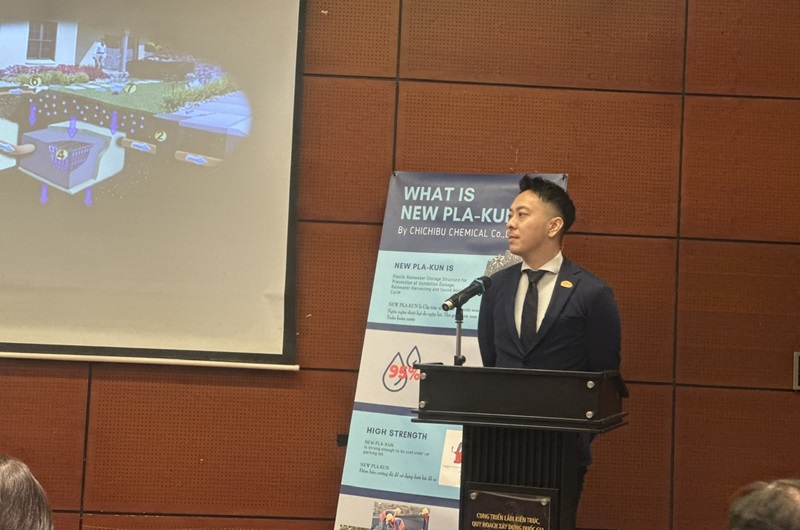
Mr. Tsuruoka Hiroki speaking at the seminar
Sharing Japan’s expertise in rainwater storage and infiltration, Mr. Masahiro Imbe from the Association for Rainwater Storage and Infiltration Technology (ARSIT) highlighted that Japan has been increasingly impacted by extreme weather events in recent years. Data presented at the workshop showed a sharp rise in the frequency of heavy rainfall events exceeding 80mm per hour, as well as an increasing number of annual storms with rainfall surpassing 100mm. Northern Japan, which previously experienced few typhoons, is now frequently hit by severe storms, leading to significant flooding.
In response, Japan has been developing sustainable drainage systems focused on circular water management to adapt to climate change. Initially, Japan’s flood control strategies targeted urban areas in the southern regions, aligning with a broader global trend where many countries are advancing efficient water resource management systems. For instance, South Korea has introduced multiple smart city initiatives, while China has promoted the concept of "sponge cities," which use engineering solutions to store and absorb rainwater, mimicking the properties of a sponge.
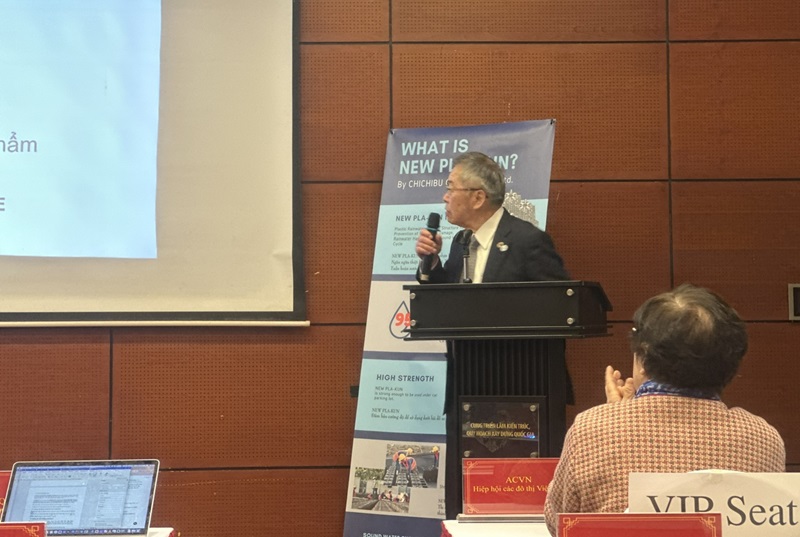
Mr. Masahiro Imbe from ARSIT sharing insights on rainwater storage and infiltration.
Rapid urbanization has led to widespread concrete paving in cities, reducing natural water infiltration and increasing surface runoff into rivers, thereby heightening flood risks. Recognizing this issue nearly 50 years ago, Japan’s River Council initiated comprehensive flood control measures. Initially, efforts focused on controlling water flow once it reached rivers. However, Japan later shifted towards proactive solutions aimed at retaining water within urban areas before it reaches rivers.
These measures include rainwater storage and groundwater recharge along riverbanks, as well as effective land-use planning in river basins. A notable example is Japan’s innovative use of urban spaces for rainwater storage. Instead of relying solely on retention basins, Japan has optimized parks, schoolyards, parking lots, and even airport areas as temporary rainwater reservoirs during heavy storms. These solutions not only mitigate flood risks but also contribute to groundwater replenishment for long-term sustainability.
A key technology introduced at the workshop was plastic underground water storage tanks, which have been successfully implemented in countries such as Thailand and Indonesia. These systems efficiently collect and store rainwater, reduce surface runoff, prevent flooding, and promote water recycling for uses such as irrigation, toilet flushing, and industrial processes.
.jpg)
Mr. Shota Nakata highly appreciates the plastic underground tank technology
Mr. Shota Nakata, a representative from JICA, noted: "Plastic rainwater storage tanks have been installed in parks across Thailand and Indonesia, where local communities have recognized their effectiveness in mitigating flood damage and reusing water for daily needs. We believe this technology will bring similar benefits to Vietnam."
According to Mr. Trieu Duc Huy, underground plastic water storage tanks offer numerous practical benefits, including reducing urban flooding by minimizing surface runoff, replenishing groundwater to maintain ecological balance, reusing rainwater for non-potable purposes, and alleviating pressure on drainage infrastructure while cutting costs.
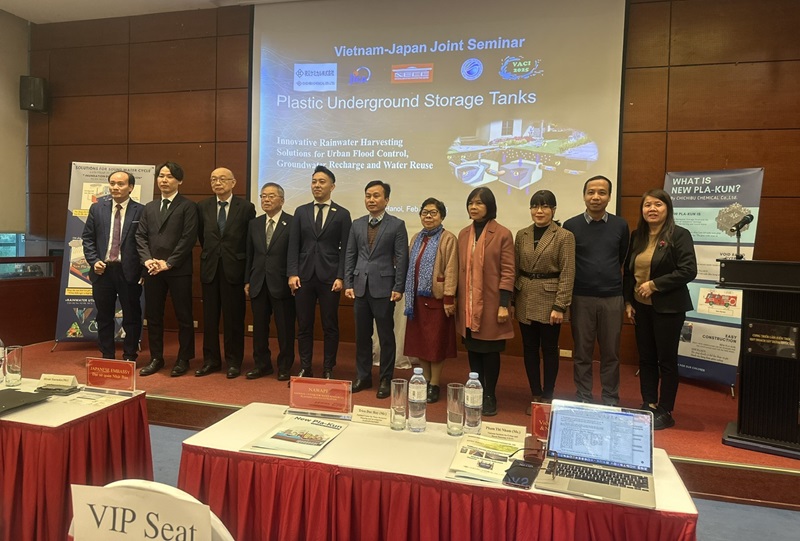
Delegates taking group photos
During the workshop, experts, policymakers, engineers, and private sector representatives exchanged insights on the feasibility of expanding underground water storage systems in Vietnam. Many participants agreed that integrating underground tank technology into urban water management plans would not only be an effective flood control measure but also a crucial step toward environmental protection and sustainable urban development.
The workshop, themed "Plastic underground storage tanks: Innovative rainwater harvesting – Solution for urban flood control – Groundwater recharge and water reuse", provided a valuable opportunity for Vietnam to learn from Japan and other countries in the field of water resource management. This knowledge exchange marks the beginning of deeper cooperation among stakeholders. Advanced technologies such as underground water storage systems will not only help reduce urban flooding but also promote efficient water reuse, easing the burden on existing drainage infrastructure. Moreover, adopting these solutions will accelerate the transition to a circular economy, laying the groundwork for Vietnam’s sustainable urban development in the future.
Ngoc Huyen


